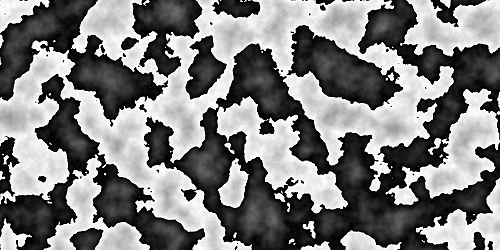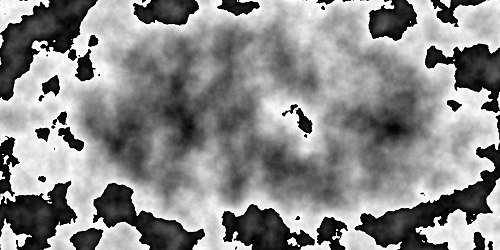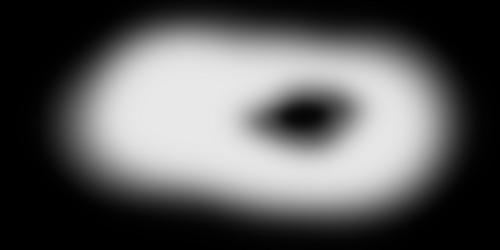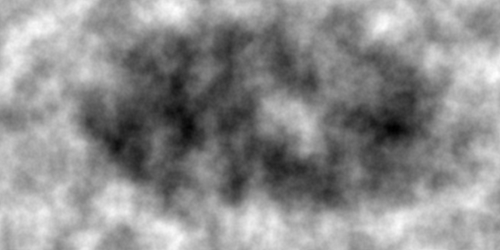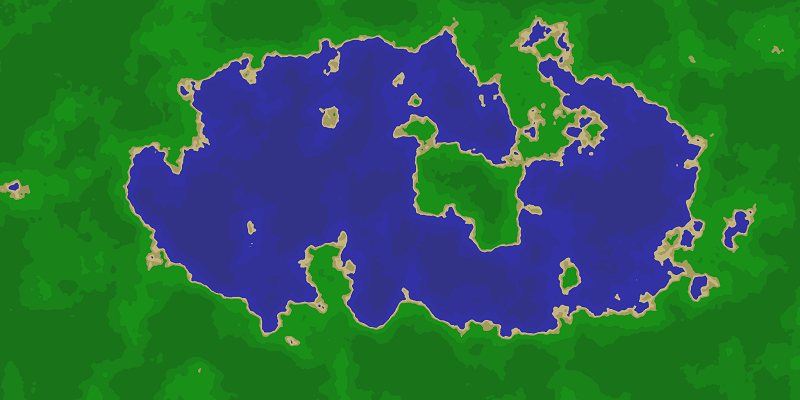This program procedurally generates images of lakes from the noise package and the included filters. I was originally inspired by this blog post about procedurally generating islands.
I have always been interested in the creative powers of computing. When I was younger, I enjoyed playing with different simulators and games with procedural generation. Delegating creative powers to a computer affords a privileged position - you can control the process but escape the minutiae. Even though you define everything you can still explore the results with curiosity and enthusiasm.
In addition, I spent my formative years in Minnesota, Land of 10,000 Lakes, where I escaped up north to the BWCA as often as possible. I think this project is an expression of that same desire to explore.
From a more technical perspective, it offered a good opportunity to explore the numpy library, especially matrix operations, and image processing.
This was probably my first independent project and I have since returned to improve it. The difference is dramatic. I have applied what I've learned in terms of object-oriented design and analyzing algorithms. I wrote an article about this process on my blog. To summarize, the code is much better encapsulated, more user friendly, and about 90% faster.
All the inputs are defined in the config.ini file. Documentation for these settings can be found in Config.py. This makes it easy to change parameters from a text editor.
Perlin noise, to oversimplify it, is a way to generate "smooth" random numbers. Here is a proper explanation.
The process starts with initializing the matrix and filling it with noise values according to the noise parameters defined in config.ini. These will fall between -1.0 and 1.0. That gives us something like so:
The image looks weird (unlike "normal" perlin noise) because it's range is between -1.0 and 1.0. We will constrain it to 0.0 and 1.0, but first we will apply our filter (defined in config.ini, or else a random one), which ensures there is some sort of "lake" shape. Here is our matrix less the filter, followed by the filter in use:
Now we will normalize the range so that all of our number fall between 0.0 and 1.0. Darkest is 0.0, lightest is 1.0.
At this point we can assign certain colors to elements that fall within a certain range. For example, everything below 0.28 will be the deepest level, so it will be set to dark blue. This gives us our final image.
In addition, it saves a copy of the config.ini so that you can see what configuration was used and some statistics in JSON.
{
"low": {
"value": 880,
"location": "(522, 1612)"
},
"high": {
"value": 935,
"location": "(302, 2034)"
}
}